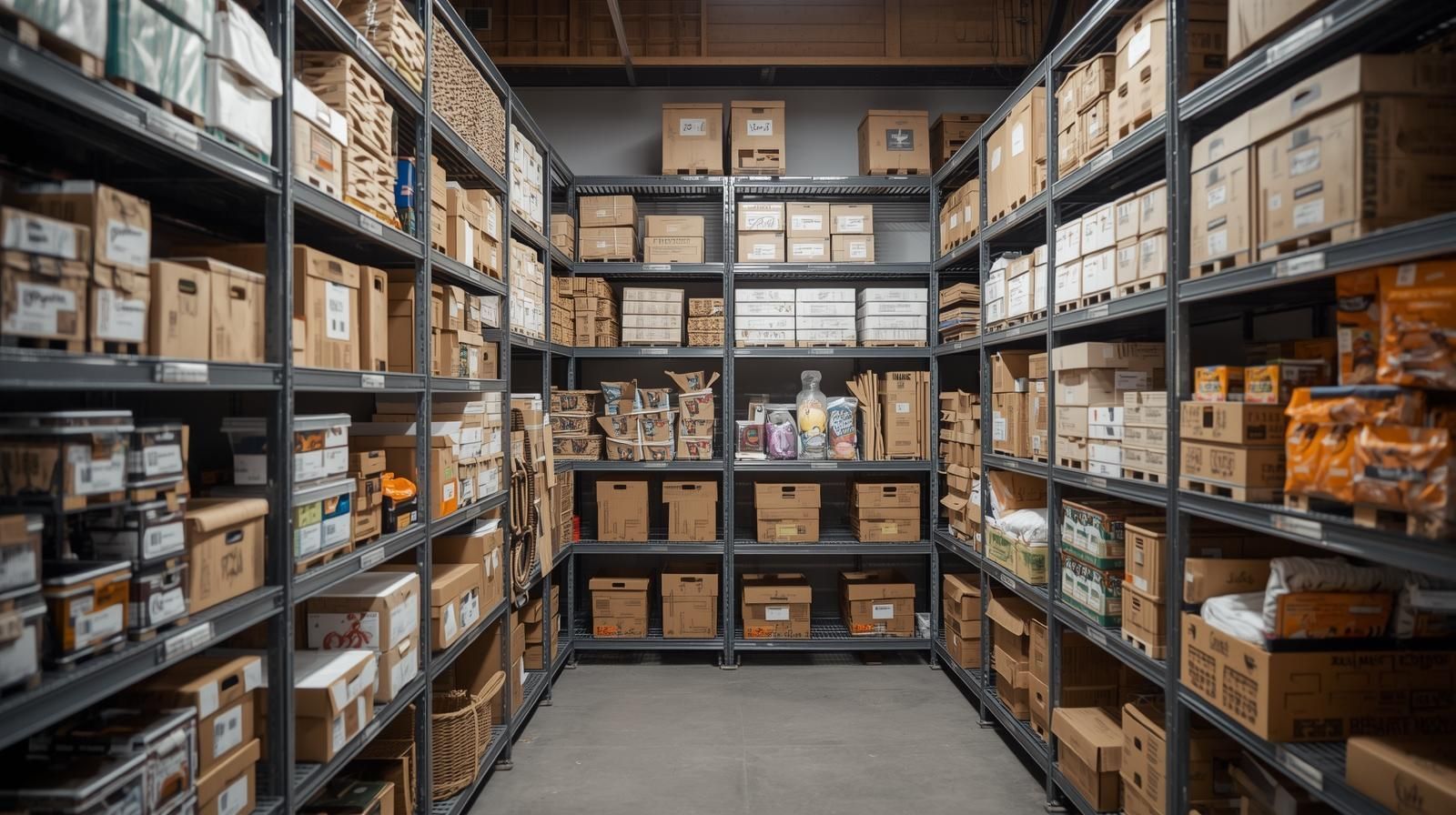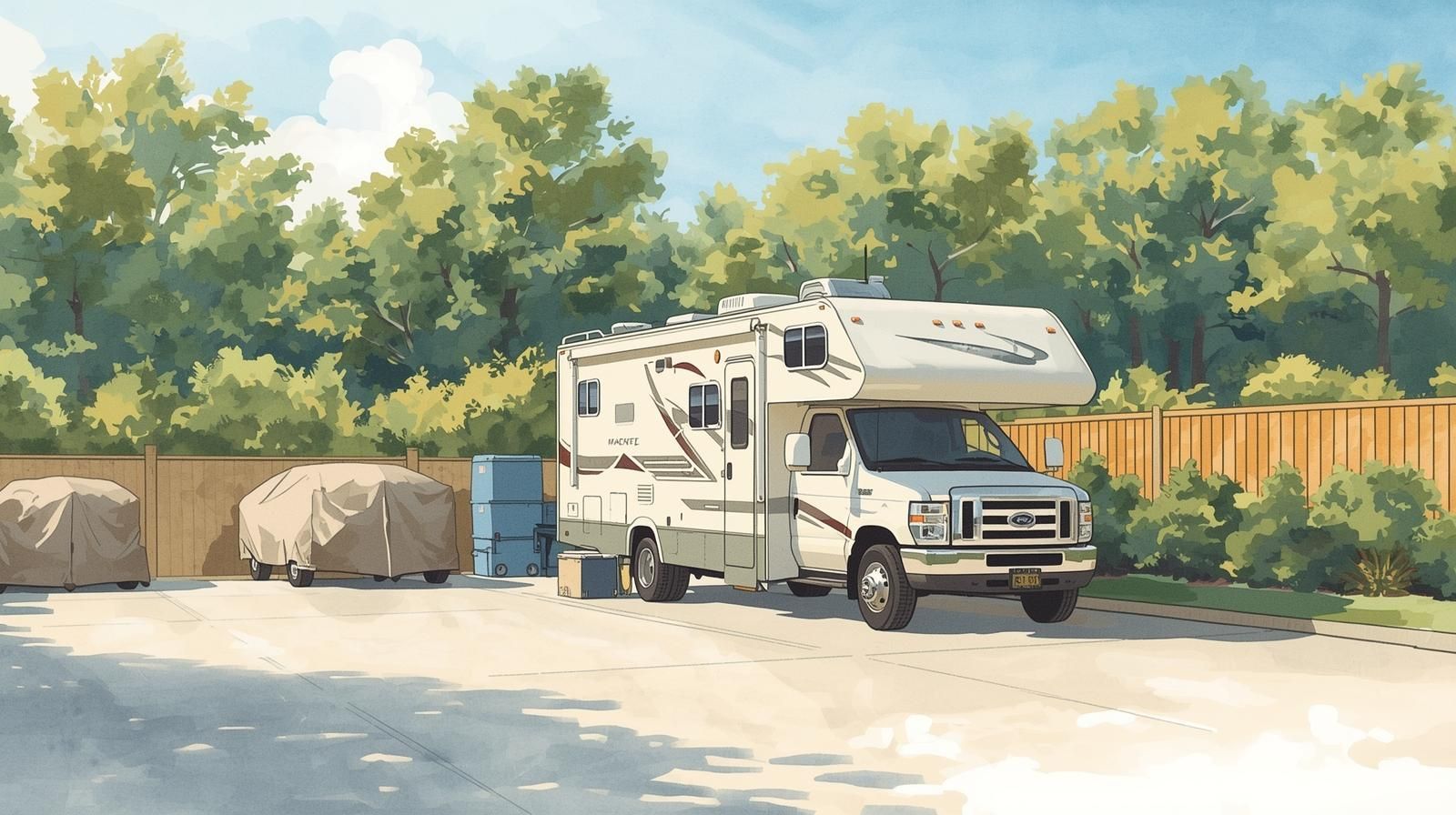What Size Storage Unit Do You Need for a Car? A Complete Guide
Storing a car isn’t always as simple as parking it in your garage or driveway. Whether you own a classic car, a seasonal vehicle, or need extra space during a move, the proper storage unit keeps your investment protected and ready to go when you need it.
But the big question most drivers have is: what size storage unit do I need for my car?
With options ranging from compact spaces to oversized garages, the answer depends on the type of vehicle you’re storing, how long you’ll keep it in storage, and the features you want in a facility. For drivers in North Carolina, facilities like City Storage Gastonia make it simple to find enclosed vehicle storage with multiple unit sizes available.
This guide will break down everything you need to know about choosing the proper storage unit for your car. We’ll cover standard vehicle lengths, common storage unit dimensions, other storage alternatives, and preparation steps to ensure your vehicle stays in top condition.
By the end, you’ll have a clear idea of what size unit to rent and what to look for in a storage facility.
How Do I Figure Out What Size Storage Unit I Need?
The first step is understanding your vehicle’s length. Storage units are measured in feet, typically starting at 10 feet deep and extending to 30 feet or more. A compact car may fit in a smaller unit, but a full-size pickup or SUV will need extra space.
For example, compact cars such as a Toyota Corolla or Honda Civic average around 14 to 15 feet long. Mid-size sedans like a Camry or Accord are slightly longer at 16 to 17 feet, while full-size sedans like a Chrysler 300 can stretch to 19 feet.
SUVs and crossovers vary widely, with smaller models such as a Honda CR-V at about 16 feet, and larger SUVs or trucks like a Ford F-150 reaching 22 feet or more. Vans and extended trucks may require 20 to 24 feet of clearance.
By measuring your vehicle before booking, you can avoid overpaying for extra space or struggling with a unit that’s too small.
What Unit Sizes Can I Find for Enclosed Vehicle Storage?
Most storage facilities offer a handful of standard sizes, and the most common for cars are 10×15, 10×20, and 10×30.
A 10×15 unit, at 150 square feet, is the smallest option generally recommended for car storage. This size works well for compact cars, smaller sedans, and motorcycles.
It’s an affordable way to keep a vehicle indoors, protected from the elements and theft, though it may feel tight for larger models.
The 10×20 unit is the most popular choice since it accommodates most sedans, mid-size SUVs, and small pickup trucks. At roughly the size of a standard one-car garage, it allows enough clearance not only for parking but also for opening doors and walking around the vehicle.
For oversized pickups, vans, or extended SUVs, a 10×30 unit is the best fit. With 300 square feet of space, it can comfortably house larger vehicles or even multiple small ones.
Collectors often choose this size because it provides the flexibility to store more than just one car.
What Other Options Are Available for Vehicle Storage?
Enclosed storage units aren’t the only option. Outdoor parking is often the most budget-friendly choice, with designated spots inside a gated facility. It provides convenience and security, but since the vehicle is exposed, it isn’t ideal for long-term or high-value storage.
Covered parking is the middle ground. It shelters vehicles from direct sunlight and precipitation while still leaving them open on the sides. The most protective option is climate-controlled indoor storage, which keeps cars safe from temperature swings and humidity.
This is especially valuable for antique cars, luxury vehicles, or anything you plan to keep in storage for several months at a time.
How Do I Prepare My Car for Storage?
Parking your car inside a unit is just the first step. To keep it in top condition, a little preparation goes a long way. Cleaning the exterior and applying wax will prevent dirt, salt, and debris from damaging the paint. Many car owners also take the time to change the oil so contaminants don’t sit in the engine.
Filling the gas tank reduces condensation, and adding a fuel stabilizer helps preserve it during long storage periods.
It’s also smart to disconnect the battery so it doesn’t drain, or to use a trickle charger if you want to maintain charge. Tires should be inflated to the recommended pressure to avoid flat spots from prolonged sitting. Even when stored indoors, using a breathable car cover adds an extra layer of dust and scratch protection.
For more detailed maintenance advice, the National Highway Traffic Safety Administration (NHTSA) is a helpful resource.
What Features and Amenities Should I Look for in Car Storage?
Not all facilities are the same, so it’s worth paying attention to the details. Strong security features like gated access, cameras, and on-site staff help ensure peace of mind. Climate control becomes especially important if you’re storing a vehicle that could be damaged by heat, cold, or humidity.
Accessibility also matters — 24/7 access allows you to check on or retrieve your car whenever you need it.
Other practical considerations include paved driveways, wide aisles for maneuvering, and insurance coverage options for stored vehicles. Together, these features can make the difference between basic storage and a solution that truly protects your car.
How Do I Find the Right Car Storage in My Area?
The right storage facility usually comes down to a balance of convenience, unit availability, and trust. While location matters for easy access, it’s worth driving a little farther to a facility that offers climate control, stronger security, or cleaner units.
Touring the facility, asking questions about accessibility, and checking for transparent pricing will give you confidence in your decision.
Companies like City Storage USA make this process straightforward by clearly outlining features and options on their website.
Frequently Asked Questions About Car Storage
Can you store a car in a 10×10 unit?
No — most cars won’t fit into a 10×10. At just 100 square feet, this size is generally better for motorcycles or very small recreational vehicles like ATVs. For cars, start at a 10×15 or larger.
How much does it cost to rent a car storage unit?
The cost varies based on size, location, and whether you choose climate-controlled or outdoor storage. On average, enclosed car storage units can range from $100 to $300 per month. Outdoor parking is usually more affordable, while climate-controlled indoor units are at the higher end.
Is it better to store a car with a full or empty tank?
It’s better to store with a full tank. A filled tank minimizes the risk of condensation forming inside, which can cause rust. Adding a fuel stabilizer is recommended if you plan to store for more than a month.
How long can a car sit in storage without being driven?
With proper preparation, a car can sit in storage for six months to a year without major issues. However, it’s recommended to start the engine and drive the vehicle briefly every few weeks if possible, especially for long-term storage.
Do I need insurance for a car in storage?
Yes. Even though your vehicle is stored indoors, it should remain insured. Many facilities also require proof of insurance before allowing vehicle storage. Some offer their own protection plans if your current coverage doesn’t extend to stored vehicles.
Final Thoughts: Storing Your Vehicle the Smart Way
The size you choose depends on the type of car you’re storing and the level of protection you want. A small sedan may fit into a 10×15, while a large SUV or truck may require a 10×20 or even a 10×30.
Beyond dimensions, the real value lies in amenities like climate control, reliable security, and 24/7 access. Preparing your car properly before storage also ensures it stays in excellent condition until you’re ready to drive it again.
For anyone ready to make the move, facilities like City Storage Burlington offer enclosed units with flexible sizes and modern features that keep your car safe year-round.
Whether you’re storing seasonally, while traveling, or for the long haul, investing in the right storage solution is one of the smartest steps you can take for your vehicle.










